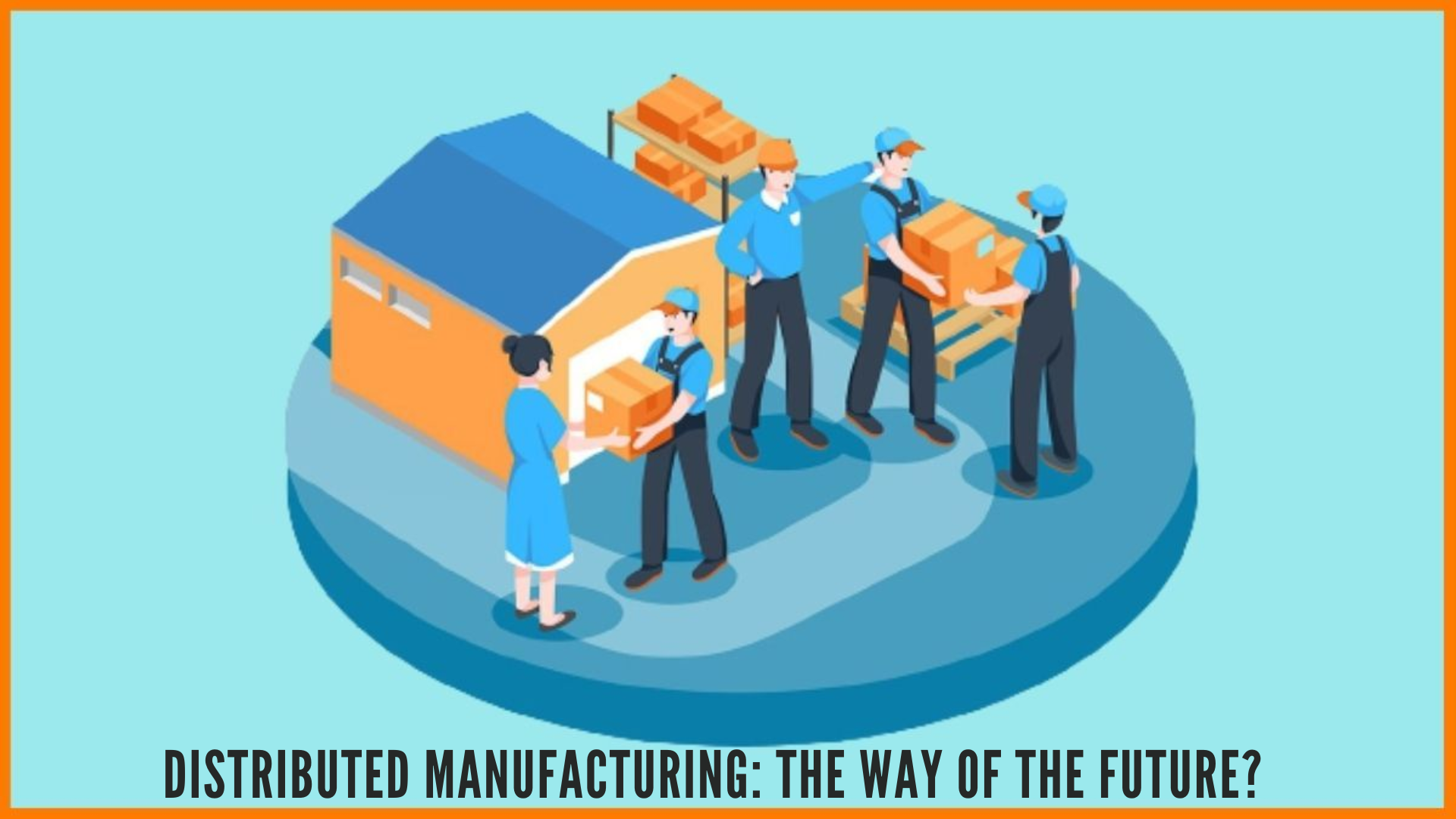In recent years, the manufacturing landscape has experienced a transformative shift. As technological advancements continue to accelerate, the concept of distributed manufacturing is emerging as a promising approach to revolutionize traditional production methods. But what exactly is distributed manufacturing, and why is it being hailed as the way of the future?
Understanding Distributed Manufacturing
Definition
Distributed manufacturing is a decentralized approach to production where the manufacturing process is spread across multiple locations, often closer to the end consumer. Instead of producing goods in a single, centralized factory, distributed manufacturing leverages a network of smaller, geographically dispersed facilities to produce components or entire products.
Key Components
- Local Production: Smaller manufacturing units are strategically located near markets or consumers.
- Digital Connectivity: Advanced digital tools and communication technologies enable coordination across distributed sites.
- Flexible Production: Facilities can quickly adapt to changing demands and customize products locally.
- Sustainability: Reduced transportation and localized production contribute to environmental sustainability.
Drivers of Distributed Manufacturing
Several factors are driving the shift towards distributed manufacturing:
Technological Advancements
- Additive Manufacturing (3D Printing): This technology allows for the rapid production of parts and products on-site, reducing the need for large-scale centralized factories.
- Internet of Things (IoT): IoT enables real-time monitoring and management of distributed production processes, ensuring efficiency and quality control.
- Cloud Computing: Facilitates the sharing of design files and production data across various locations, enhancing collaboration and coordination.
Market Demands
- Customization and Personalization: Consumers increasingly demand products tailored to their specific needs, which distributed manufacturing can provide more effectively by allowing for local customization.
- Speed to Market: With production facilities closer to the end market, companies can reduce lead times and respond more swiftly to market changes.
Economic and Environmental Factors
- Cost Efficiency: Distributed manufacturing can lower costs by reducing transportation expenses and optimizing the use of local resources and labor.
- Sustainability: By minimizing transportation and promoting local production, distributed manufacturing can significantly reduce the carbon footprint of the manufacturing process.
Benefits of Distributed Manufacturing
Enhanced Agility and Flexibility
Distributed manufacturing enables businesses to be more agile and responsive to changes in market demand. Companies can quickly adjust production volumes and shift resources to different locations as needed. This flexibility is crucial in today’s fast-paced and ever-changing market environment.
Improved Supply Chain Resilience
Decentralized production reduces the risk of supply chain disruptions caused by events such as natural disasters, political instability, or pandemics. With multiple production sites, companies can continue operations even if one location is affected.
Closer Connection to Customers
Manufacturing closer to the end customer allows for faster delivery times and better alignment with local market needs. It also opens up opportunities for more direct engagement with customers, leading to improved satisfaction and loyalty.
Economic and Community Development
Distributed manufacturing can stimulate economic growth in local communities by creating jobs and supporting local suppliers. This can lead to more equitable economic development and stronger, more resilient communities.
Challenges and Considerations
While distributed manufacturing offers many advantages, it also presents several challenges that companies need to address:
Coordination and Integration
Managing and coordinating production across multiple sites can be complex. Companies must invest in robust digital infrastructure and systems to ensure seamless communication and integration across distributed locations.
Quality Control
Maintaining consistent quality standards across all manufacturing sites is crucial. This requires rigorous quality control processes and continuous monitoring to ensure that products meet the desired specifications.
Intellectual Property and Data Security
Sharing design files and production data across a distributed network raises concerns about intellectual property protection and data security. Companies must implement strong cybersecurity measures to safeguard sensitive information.
Regulatory Compliance
Operating in multiple locations may involve navigating different regulatory environments. Companies need to ensure compliance with local laws and regulations, which can add complexity to the distributed manufacturing model.
Case Studies and Real-World Applications
GE’s Brilliant Factories
General Electric (GE) has embraced the concept of distributed manufacturing through its network of “Brilliant Factories.” These factories utilize advanced technologies like IoT, AI, and digital twins to optimize production and enhance flexibility. By leveraging a distributed approach, GE can produce parts and components closer to its customers, reducing lead times and transportation costs.
Local Motors and Microfactories
Local Motors, an innovative vehicle manufacturer, utilizes a distributed manufacturing model with its network of microfactories. These small, local facilities produce custom vehicles using 3D printing and other advanced manufacturing technologies. This approach allows Local Motors to rapidly prototype and produce vehicles tailored to specific market needs.
Adidas Speedfactories
Adidas has pioneered the concept of Speedfactories, highly automated production facilities located closer to key markets. These factories use cutting-edge manufacturing technologies to produce customized footwear quickly and efficiently. By adopting a distributed manufacturing model, Adidas can respond faster to consumer trends and reduce its environmental impact.
The Future of Distributed Manufacturing
As technology continues to evolve and market demands shift towards greater customization and sustainability, distributed manufacturing is poised to become a cornerstone of the manufacturing industry. Companies that embrace this model can gain a competitive edge by enhancing their agility, improving supply chain resilience, and delivering products that better meet the needs of their customers.
Opportunities Ahead
- Advanced Automation: The integration of AI and robotics will further enhance the capabilities of distributed manufacturing, making it more efficient and cost-effective.
- Digital Twins and Simulation: These technologies will enable virtual modeling and optimization of production processes across distributed sites, improving performance and reducing downtime.
- Collaborative Networks: The rise of collaborative manufacturing networks, where companies share resources and capabilities, will enable even smaller businesses to leverage the benefits of distributed manufacturing.
Strategic Considerations
For companies looking to adopt distributed manufacturing, careful planning and strategic investment in technology and infrastructure are essential. Building a robust digital backbone, ensuring data security, and fostering a culture of innovation and collaboration will be key to unlocking the full potential of this transformative approach.
Conclusion
Distributed manufacturing represents a paradigm shift in the way products are made and delivered. By decentralizing production and leveraging advanced technologies, businesses can achieve greater flexibility, resilience, and alignment with customer needs. While challenges remain, the potential benefits make distributed manufacturing a compelling model for the future. As we move forward, the companies that successfully navigate this new landscape will be the ones that lead the way in the next generation of manufacturing excellence.
Distributed manufacturing is not just a trend; it’s a fundamental shift towards a more agile, resilient, and sustainable way of making things. Embracing this model can unlock new opportunities and drive innovation in the manufacturing sector, setting the stage for a future where production is smarter, faster, and closer to the customer than ever before.









